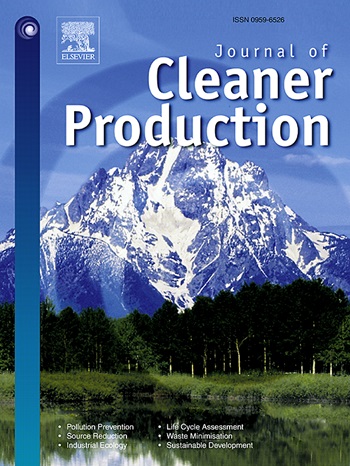Barriers in the transition to a more circular blue bioeconomy in Norway and Iceland: multistakeholder perspectives
IF 10
1区 环境科学与生态学
Q1 ENGINEERING, ENVIRONMENTAL
引用次数: 0
Abstract
The transition from a linear to a circular bioeconomy is essential for achieving both regional and international sustainability goals. While the bioeconomy has received increasing attention in policy and research, the aquatic portion—in particular fisheries and aquaculture—remains comparatively underexplored. This study addresses this gap by examining the concept and implementation of circularity within the blue bioeconomy. The study employed a qualitative research approach based on 18 in-depth interviews and two focus groups with stakeholders from primary and secondary marine industries (including equipment, packaging, biotechnology, and ingredients) in Iceland and Norway. Furthermore, an analysis of sustainability reports of the 17 largest seafood companies in these countries was conducted to examine current circularity practices and metrics. The qualitative data was analysed through the qualitative software MAXQDA using a grounded theory approach and the method of constant comparisons. The sustainability reports were manually examined, and key data was collated and compared in excel. Our findings indicate four key categories of institutional barriers—social, market, resource, and regulatory—that hinder circularity in marine value chains. The sustainability reports reveal a range of circularity initiatives that companies are voluntarily undertaking though reporting metrics need to be more standardised and waste data more accurately reported. These insights highlight critical areas for policy intervention and strategic management. By focusing on two major seafood nations, this study offers valuable lessons for promoting sustainable marine resource use globally.
挪威和冰岛向更循环的蓝色生物经济过渡的障碍:多方利益相关者的观点
从线性向循环生物经济的过渡对于实现区域和国际可持续性目标至关重要。虽然生物经济在政策和研究中受到越来越多的关注,但水生部分-特别是渔业和水产养殖-仍然相对缺乏开发。本研究通过研究蓝色生物经济中循环的概念和实施来解决这一差距。该研究采用了定性研究方法,基于18个深度访谈和两个焦点小组,来自冰岛和挪威的第一和第二海洋产业(包括设备、包装、生物技术和成分)的利益相关者。此外,对这些国家17家最大的海产品公司的可持续发展报告进行了分析,以检查当前的循环实践和指标。通过定性软件MAXQDA,采用扎根理论的方法和不断比较的方法对定性数据进行分析。可持续发展报告是人工审核的,关键数据是在excel中整理和比较的。我们的研究结果表明,阻碍海洋价值链循环的制度性障碍有四大类——社会、市场、资源和监管。可持续发展报告揭示了企业自愿采取的一系列循环举措,尽管报告指标需要更加标准化,废物数据需要更准确地报告。这些见解突出了政策干预和战略管理的关键领域。通过关注两个主要的海产国家,本研究为促进全球海洋资源的可持续利用提供了宝贵的经验教训。
本文章由计算机程序翻译,如有差异,请以英文原文为准。
求助全文
约1分钟内获得全文
求助全文
来源期刊

Journal of Cleaner Production
环境科学-工程:环境
CiteScore
20.40
自引率
9.00%
发文量
4720
审稿时长
111 days
期刊介绍:
The Journal of Cleaner Production is an international, transdisciplinary journal that addresses and discusses theoretical and practical Cleaner Production, Environmental, and Sustainability issues. It aims to help societies become more sustainable by focusing on the concept of 'Cleaner Production', which aims at preventing waste production and increasing efficiencies in energy, water, resources, and human capital use. The journal serves as a platform for corporations, governments, education institutions, regions, and societies to engage in discussions and research related to Cleaner Production, environmental, and sustainability practices.
 求助内容:
求助内容: 应助结果提醒方式:
应助结果提醒方式:


